Introduction to Space-Saving Solutions
Living in a small apartment often necessitates innovative approaches to maximize limited square footage. As urban living spaces become increasingly compact, the need for efficiency in design has become paramount. Residents are in search of solutions that not only conserve space but also enhance functionality. It is within this context that space-saving solutions emerge, particularly in the realm of furniture design. The integration of multi-functional furniture, especially tables, serves as a pivotal aspect of this approach.
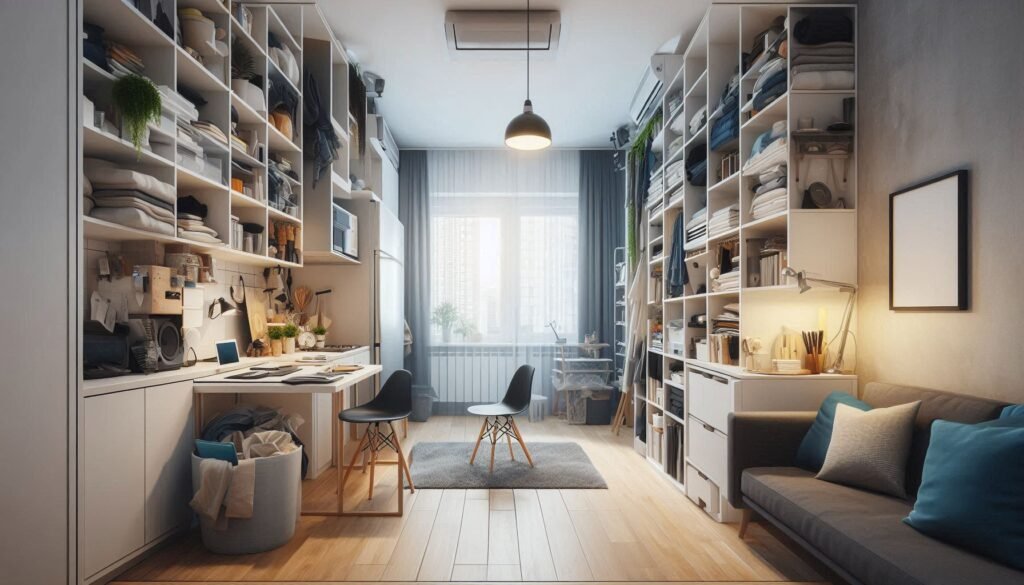
Multi-functional tables exemplify the versatility that modern apartments demand. These tables go beyond traditional purposes; they can serve as dining areas, workspaces, or even storage units, depending on the needs of the residents. The clever design of these pieces allows them to adapt to various activities, thereby eliminating the need for multiple, single-purpose items. For individuals living in smaller environments, this adaptability is not just a trend; it is a practical response to the challenges of limited living space.
The impact of well-designed, space-saving solutions extends beyond mere aesthetics. By making strategic choices in furniture, residents can cultivate a more organized and pleasant living environment. Compact solutions enable owners to maintain a sense of openness, which is critical in areas with restricted square footage. When selecting furnishings like multi-functional tables, it is vital not just to consider the immediate needs, but also how these pieces contribute to the overall functionality and flow of the apartment.
Ultimately, the concept of space-saving solutions champions the idea that every piece of furniture should serve multiple purposes, enhancing both utility and comfort. As we delve deeper into the characteristics and varieties of multi-functional tables, we will uncover how these ingenious creations can transform small apartments into efficient, stylish living spaces.
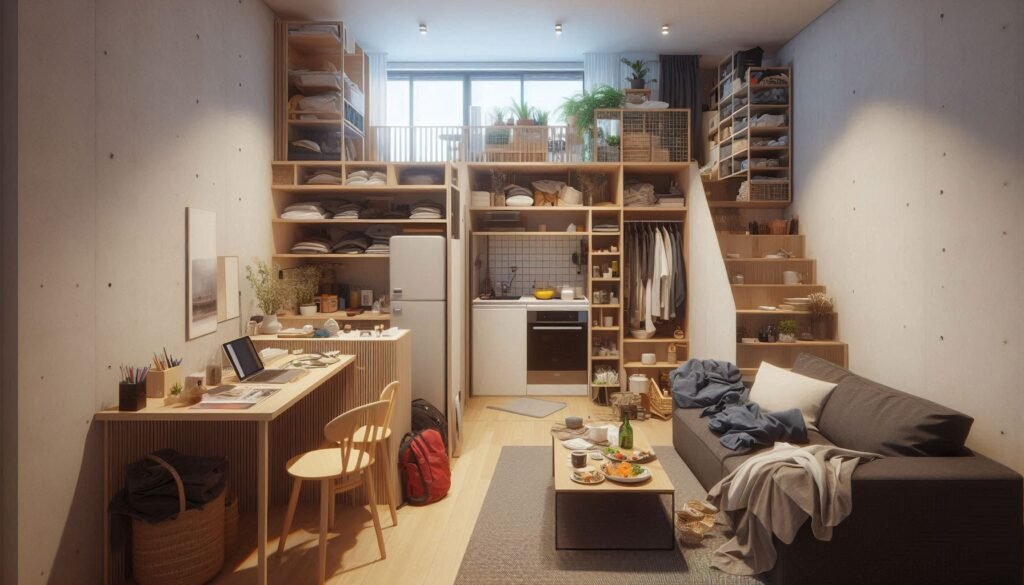
The Benefits of Multi-Functional Tables
In the context of small apartments, the integration of multi-functional tables offers numerous advantages, addressing the unique challenges posed by limited space. One of the foremost benefits is their versatility. These tables can serve various purposes, transforming seamlessly from a dining table to a workspace or even a coffee table. This adaptability not only maximizes the use of available space but also allows residents to effortlessly adjust their environment according to their needs and activities, enhancing overall efficiency.
Convenience is another major advantage. Multi-functional tables are designed with practicality in mind, often featuring collapsible or extendable components that can be easily manipulated. For instance, a table that expands for meals can be neatly tucked away when not in use, preserving floor space. This convenience is particularly appealing to renters who may often relocate; portable solutions such as lightweight, multi-functional tables simplify the moving process and adaptation to new living situations.
Cost-effectiveness is also a significant factor when considering multi-functional tables. Rather than investing in several separate pieces of furniture, homeowners and renters can acquire a single, high-quality table that meets multiple needs. This not only saves money but also reduces clutter, allowing for a more streamlined aesthetic within the living space. By incorporating multi-functional tables, individuals can enjoy a design that is both practical and visually appealing, elevating the overall ambiance of their apartments.
Moreover, these tables come in a variety of styles and materials, making it easy to find one that complements existing décor. Whether it is a contemporary design or a rustic finish, the right multi-functional table can enhance the aesthetics of a small apartment while fulfilling essential functional roles. The synergistic benefits of versatility, convenience, and cost-effectiveness position multi-functional tables as an indispensable addition to modern small living environments.
Foldable Tables: Compact and Convenient
In an era where living spaces are becoming increasingly compact, foldable tables have emerged as an essential furniture choice for small apartments. These versatile pieces not only save space but also provide flexibility to accommodate various activities. A foldable table can effortlessly transform its function based on the user’s immediate needs, making it a must-have for anyone looking to maximize their living area.

Available in a myriad of designs, foldable tables cater to different aesthetics and purposes. For instance, there are simple rectangular tables that can be expanded during dining occasions or game nights, and more decorative ones that serve as accent pieces when closed. Some models feature integrated storage options, allowing users to neatly stow away dining utensils or study materials, thereby further optimizing space. Additionally, round foldable tables facilitate smoother traffic flow in tight settings, providing a cozy dining experience that beckons social engagement.
Setting up or storing away these tables is straightforward and quick. Many modern designs are lightweight, enabling easy manipulation from one room to another, or even outdoors. With the flip of a latch or a simple pull on a handle, users can transition a compact work surface into an intimate dining setup capable of accommodating guests. Furthermore, when the table is no longer needed, it can be folded down and tucked into a closet or against a wall, freeing up valuable floor space.
In urban living, where every square foot counts, foldable tables emerge as not just furniture pieces, but vital tools for creating a functional and dynamic living space. Ideal for multiple scenarios—whether it’s dining, studying, or hosting—these tables enhance the overall utility of small apartments with style and convenience.
Extendable Tables: From Intimate to Grand Gatherings
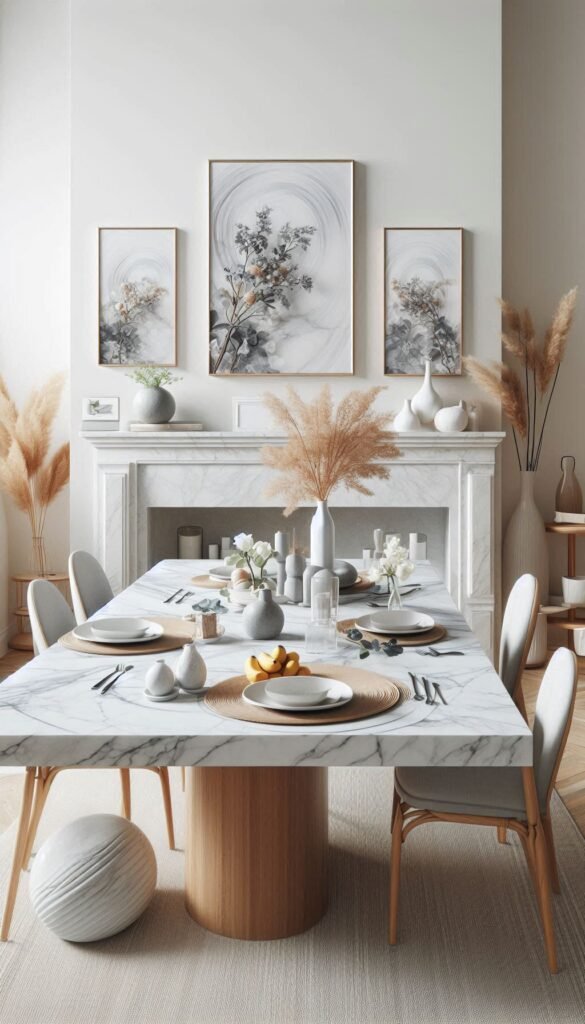
In small apartments, maximizing space is essential, and extendable tables serve as an ideal solution for transforming a compact dining area into one that can comfortably host larger gatherings. These versatile pieces of furniture offer the functionality of a small table while being able to expand effortlessly when the need arises. The adaptability of extendable tables makes them perfect for both intimate dinners and grand celebrations, accommodating an array of dining experiences.
Mechanically, extendable tables typically feature either a leaf mechanism or a sliding mechanism that allows the table to grow in size. The leaf mechanism functions by inserting additional panels, known as leaves, into the center of the table. This method often provides a seamless appearance, maintaining the aesthetic appeal of the table when not fully extended. On the other hand, sliding mechanisms enable the ends of the table to move apart, revealing a hidden extension that can be pulled out and locked into place. These designs not only enhance functionality but also appeal to various decor styles.
When selecting an extendable table for a small apartment, it is crucial to consider the room’s dimensions and how many people you typically entertain. It’s advisable to measure the available space before purchasing, ensuring that there is adequate room for the table to expand, as well as enough space for chairs and foot traffic. Opting for a table that blends with your existing decor will enhance the overall aesthetic of your apartment while providing a practical solution for dining needs.
In essence, extendable tables are an exceptional investment for small spaces, granting you the flexibility to host gatherings of any size, from casual meals to festive celebrations.
Nesting Tables: Vertical Solutions for Small Spaces
Nesting tables are an exemplary choice for maximizing space in small apartments. These versatile pieces of furniture can be used as independent surfaces or grouped together, offering flexibility without overwhelming a limited area. Crafted in various styles and materials, nesting tables not only serve practical purposes but can also enhance the aesthetic of a living room or communal space.
One of the significant benefits of nesting tables is their ability to provide additional surfaces without compromising floor space. In a compact living room, for instance, a set of nesting tables can be arranged to function as side tables or a coffee table setup. When entertaining guests, homeowners can easily pull out individual tables for drinks, snacks, or decorative items, all while keeping the space decluttered and organized. When not in use, these tables can be neatly stacked or pushed to the side, enabling a fluid arrangement that adapts to various situations.
Consider a scenario where a small apartment might require a multi-functional area for both work and leisure. Nesting tables can be utilized to create a temporary workspace, allowing one to spread out a laptop and documents without needing a dedicated desk. Once work is complete, they can swiftly return to their original configuration, essentially transforming a single area from a work zone back into a relaxation spot without hindrance. This adaptability is where nesting tables truly shine, proving instrumental in optimizing space constraints. Moreover, their diverse designs can blend seamlessly with different décor styles, making them a worthy investment for anyone looking to enhance their living experience in a confined environment.
Scenario Applications: Transforming Spaces
Multi-functional tables serve as essential elements in small apartments, offering flexibility and adaptability to meet various needs. One prevalent scenario involves transitioning from a dining setup to an entertainment space. During mealtime, a sleek dining table may be set up for guests, but as the evening progresses, it can easily transform into a space for games or movie nights. Many contemporary designs incorporate foldable or extendable features, allowing homeowners to adjust the table size according to the number of guests or activities planned.
Another practical application of multi-functional tables can be observed in home office setups. In small living quarters, where designated office space may be limited, a compact table can double as a workspace and a dining area. By choosing a model paired with storage solutions, such as shelves or drawers, residents can keep office materials neatly organized while maintaining an inviting aesthetic. This dual-purpose table can seamlessly transition from work hours to family meals, maximizing the use of limited space.
Additionally, multi-functional tables can also cater to social gatherings and relaxed conversations. A coffee table that adjusts to a higher level can transform into a casual dining spot for snacks or drinks with friends, fostering an atmosphere of connection without requiring significant repositioning of furniture. Some designs feature built-in storage, offering an opportunity to keep coasters, magazines, or games close at hand while maintaining a clean appearance.
Overall, the versatility of multi-functional tables facilitates creative solutions for everyday challenges in small apartments, allowing individuals to adapt their living spaces to provide comfort and utility in an ever-evolving environment. This adaptability extends to various activities, significantly enhancing the functionality of compact living areas.
Tips for Selecting the Right Multi-Functional Table
When it comes to transforming your living space, selecting the right multi-functional table is paramount, especially in a small apartment where every inch counts. To begin with, assess the available room size. A table that is too large can overwhelm the area, while one that is too small may not serve its purpose effectively. Measure the space where you plan to place the table and ensure that there is sufficient room for movement and other furnishings.
Next, consider your specific style preferences. Multi-functional tables come in various designs, from modern and minimalist to vintage and rustic. Choosing a style that complements your existing decor will integrate the furniture piece seamlessly into your home. Additionally, think about the primary functions you require. Do you need a table that can serve as a workspace, dining surface, or even a display area? Prioritizing these functions will guide you in selecting an item tailored to your daily activities.
Materials also play a crucial role in your decision-making process. Multifunctional tables are commonly made from wood, metal, or glass, and each material brings its own aesthetic and durability. Wood offers warmth and timelessness, while metal can provide a sleek, contemporary look. Glass, on the other hand, can create an illusion of space—ideal for smaller apartments. Choose a material that balances style, functionality, and maintenance requirements.
Lastly, budget considerations should not be overlooked. Multi-functional tables vary widely in price. It is essential to establish a realistic budget before shopping and consider the long-term value of the table. Investing in a higher-quality piece may offer longevity and more robust functionality. By keeping these factors in mind, you can make an informed decision and select the perfect multi-functional table that meets your needs while enhancing your space.
DIY Ideas for Custom Multi-Functional Tables
Creating your own multi-functional tables can be a rewarding endeavor, particularly in small apartments where space is at a premium. These DIY projects not only provide functional furniture but also allow for personal expression through design. Below are some ideas that can transform available materials into stylish and practical multi-functional tables.
One popular option is a foldable table. This project can be executed using simple materials such as plywood and folding table legs. To start, cut a piece of plywood to the desired size, ensuring it’s large enough to serve its intended purpose—be it a dining space, a workspace, or a game table. Attach the folding legs at either end, making sure they are sturdy yet easy to fold away when not in use. To add a personal touch, consider painting or staining the wood to match your interior decor.

Another creative idea is to construct a customizable nesting table set. These small tables can be designed to stack securely when not in use, optimizing space while retaining their functionality. Use different wood types or colors to create a visually appealing look. For simplicity, start by selecting three sizes of tables. Cut each table top from plywood and attach legs, ensuring they are proportional to the top size. A coat of finish or a fun pattern can enhance the aesthetic appeal while making these nesting tables an eye-catching feature in your living area.
For a more advanced project, consider crafting a convertible coffee table that converts into a dining table. This can be achieved with a mechanism that allows the tabletop to expand or elevate. Combining functionality with creativity will provide you with a unique piece that caters to your specific lifestyle needs. Overall, the endless possibilities of DIY multi-functional tables ensure that your small apartment remains stylish and practical.
Real-Life Examples: Success Stories
Multi-functional tables have transformed the living spaces of many individuals residing in small apartments. These innovative pieces of furniture not only save space but also enhance functionality, enabling residents to live comfortably in compact environments. For instance, Jane, a young professional in a 500-square-foot studio, integrated a folding dining table that doubles as a workspace. When hosting friends, she simply expands the table, allowing for a cozy dining experience. The ease of transitioning between functions not only facilitated social gatherings but also maximized her workspace without compromising on aesthetics.
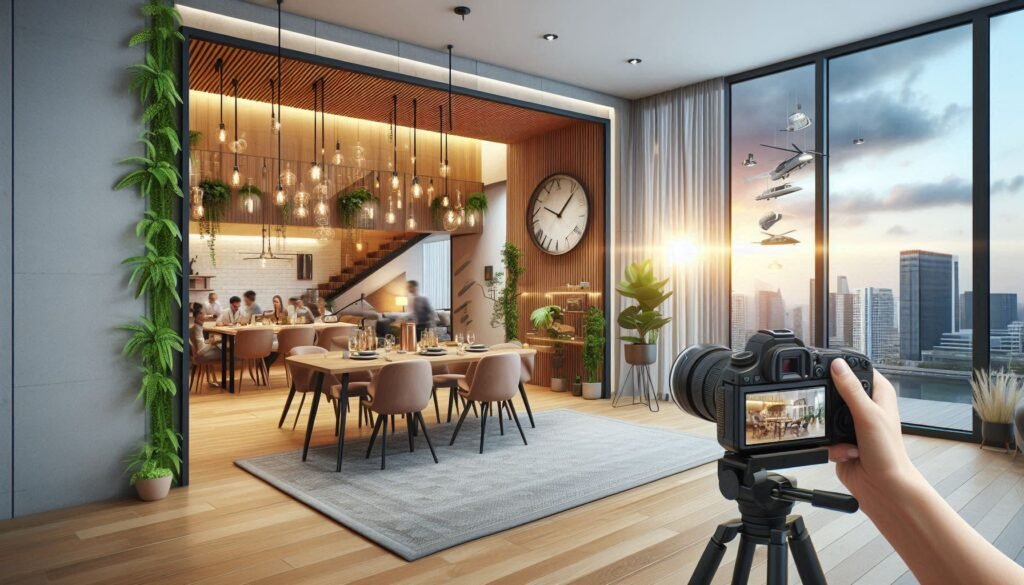
Another inspiring example is Mark, who resides in a one-bedroom apartment with his partner. They opted for a lift-top coffee table that serves multiple purposes, including additional storage and a makeshift dining surface. This versatile solution effectively accommodates their need for a functional living area while catering to their dinner party aspirations. Mark recalls the initial hesitation regarding the investment but strongly believes it has been worthwhile. The table was able to withstand daily use while seamlessly fitting their modern design preferences.
Additionally, Sarah, a college student, chose a multi-functional console table to optimize her limited student apartment. By selecting a console table with extendable features, she crafted a versatile space that could accommodate her study materials during the day and transform into a gaming area at night. Witnessing how practical choices influenced her daily routine significantly emphasized to her the importance of optimizing living space.
These testimonials exemplify how carefully selected multi-functional tables not only address specific space challenges but also inspire creativity in small apartment living. Each story highlights the ingenuity and adaptability necessary to maximize functional space in a compact setting. The success of these individuals serves as motivation for others exploring similar solutions for their living environments.


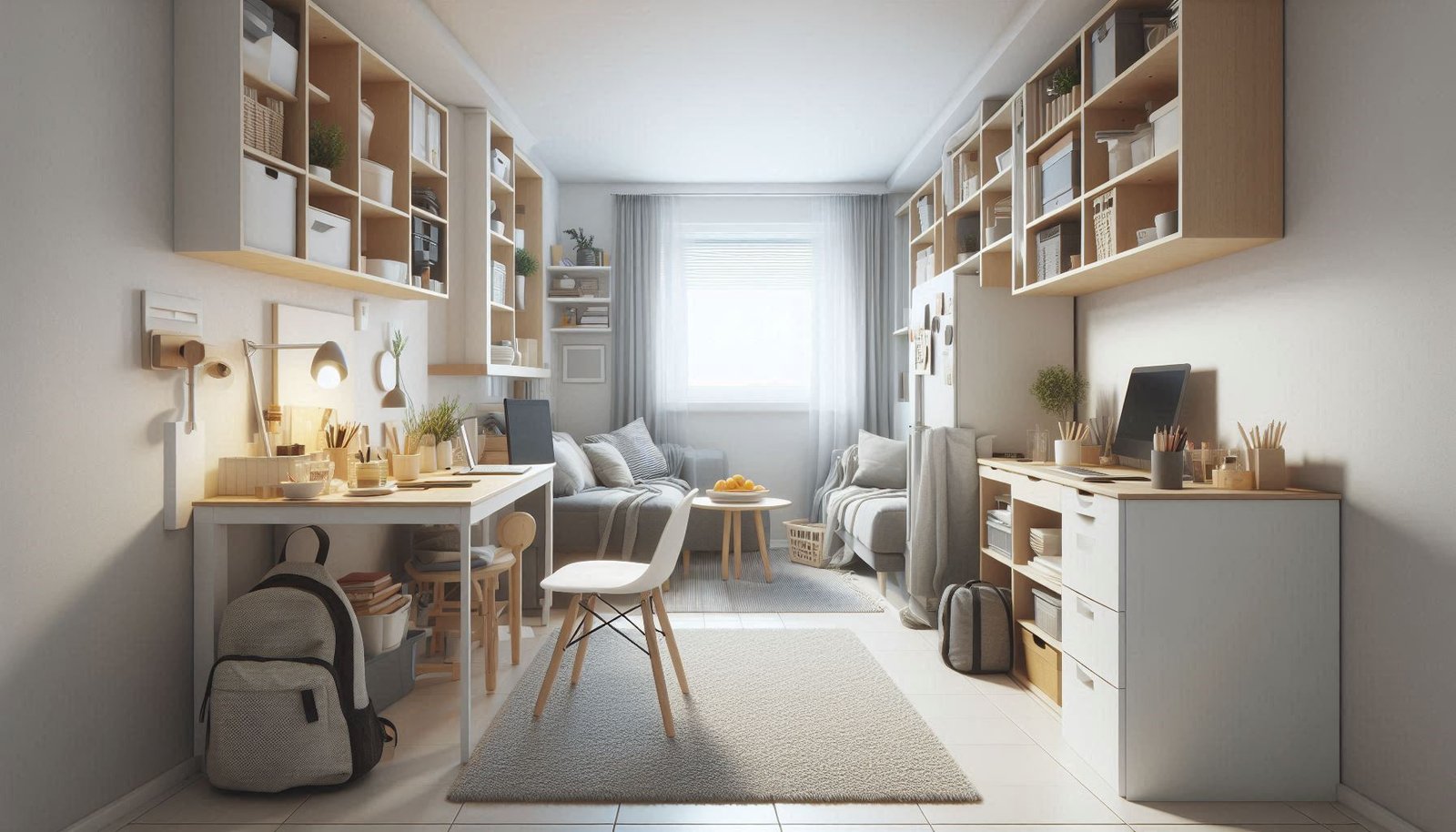




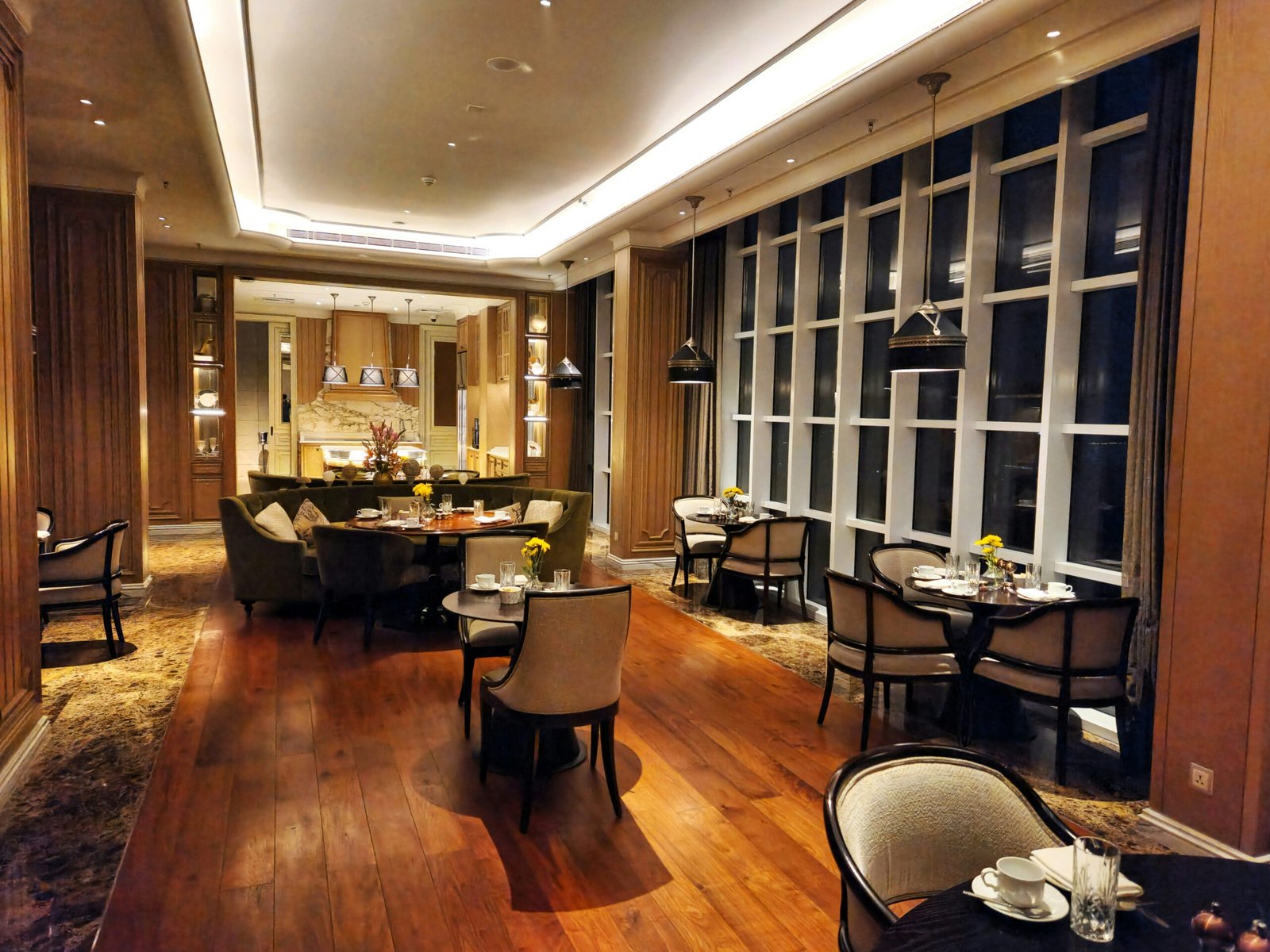
Leave a Reply